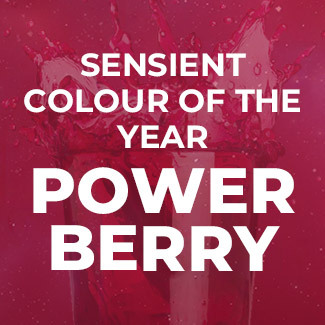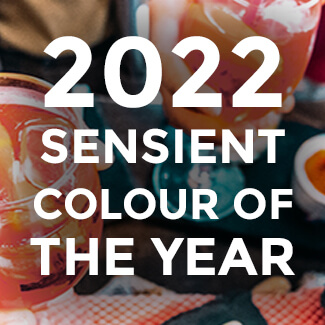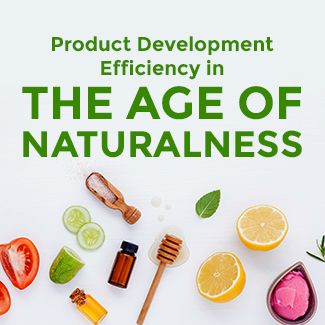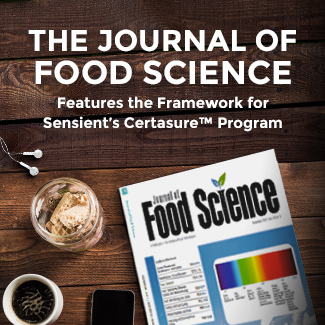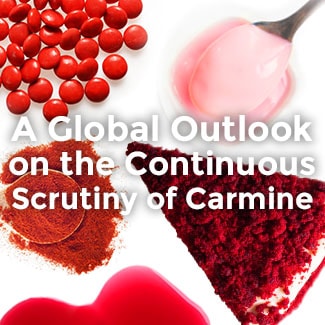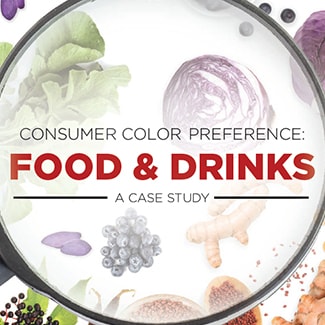Why Seed-to-Shelf Matters So Much
We recently announced the latest evolution of our food colour business, with the addition of Sensient Food Colors Peru S.A.C. —our acquisition of the food colour business from GlobeNatural. This was an important part of our ongoing initiative to innovate across the entire natural colour value chain.
Sensient’s agronomy team checks
on colour crops in Europe
Why does this matter for food manufacturers?
As consumers around the world transition away from additives in general and especially ingredients viewed as synthetic, it is becoming more critical for Sensient to provide innovation across the natural colour value chain. Here are the four key reasons:
1. TRANSPARENCY:
In their recent 2018 Global Food & Drink Trends report, Mintel identified ‘Full Disclosure’ or transparency as their first macro consumer trend. According to the research firm: “In our new post-truth reality, consumers require complete and total transparency from food and drink companies”. Similarly, Nielsen’s Global Health and Ingredient Sentiment survey indicates that more than 70% of consumers around the world “feel more positively about companies that are transparent about where and how products were made, raised, and grown”. Obviously, companies must first know where their food colour is grown in order to be transparent about it.
2. COST-IN-USE:
Why are natural colours more costly than their synthetic counterparts? In short, it is because colours from botanical sources typically contain less than 2% pigment versus 90% in a synthetic dye. While improving extraction technology can certainly help reduce cost-in-use, the major gains will come from improved colour crop seeds and innovative agricultural practices.
3. SUPPLY AND COST CERTAINTY:
While the food colour business has thus far avoided large scale supply disruptions, the industry is no stranger to short-term pricing volatility due to geopolitical disturbances and adverse weather.Sensient is committed to providing a greater level of stability to food manufacturers globally.With global use of natural colours and colouring foods approaching eighty percent, ensuring sufficient supply requires careful long-term planning.
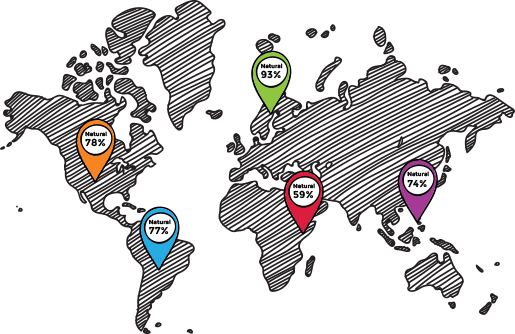
Use of Natural Colour in New Product Launches
%of food & drink product launches using natural colour & colouring food in 2017
Source: Mintel GNPD 2017 4. SUSTAINABLE AND SOCIALLY RESPONSIBLE SOURCING:
As a company, Sensient Technologies is committed to sustainability. It is certainly possible to initiate agricultural programs that support sustainability efforts without any vertical integration, but from our experience, a greater impact is made when we have a larger, vested presence.
4. SUSTAINABLE AND SOCIALLY RESPONSIBLE SOURCING:
As a company, Sensient Technologies is committed to sustainability. It is certainly possible to initiate agricultural programs that support sustainability efforts without any vertical integration, but from our experience, a greater impact is made when we have a larger, vested presence.
How does agronomy address these issues?
A few years ago, we recognized the key issues outlined above and developed an ambitious agronomy initiative to coincide with the food industry’s transition to colour from natural sources, specifically colour derived from botanicals.“Sensient’s agronomy program focuses on pigment maximization to drive better performance at given cost-in-use targets. ”The agronomy initiative has four areas of focus:




 PIGMENT MAXIMIZATION
PIGMENT MAXIMIZATION












